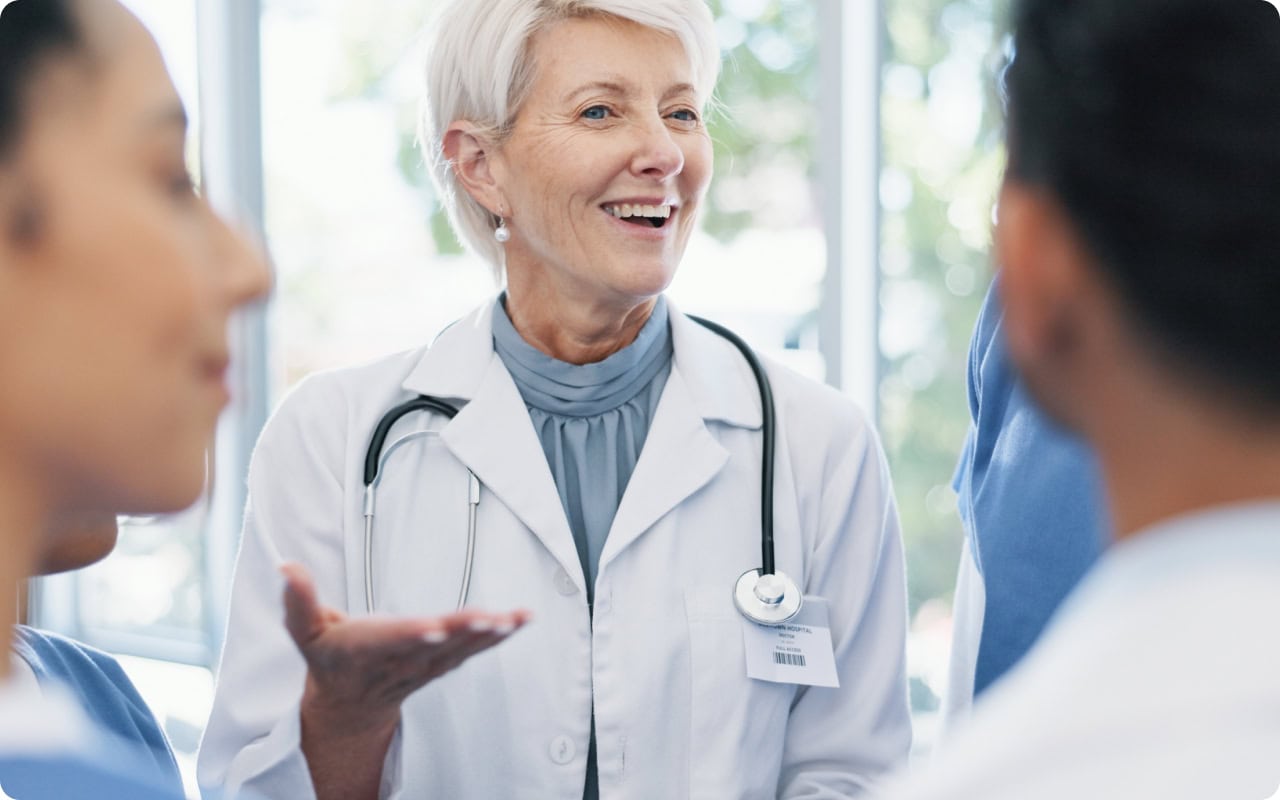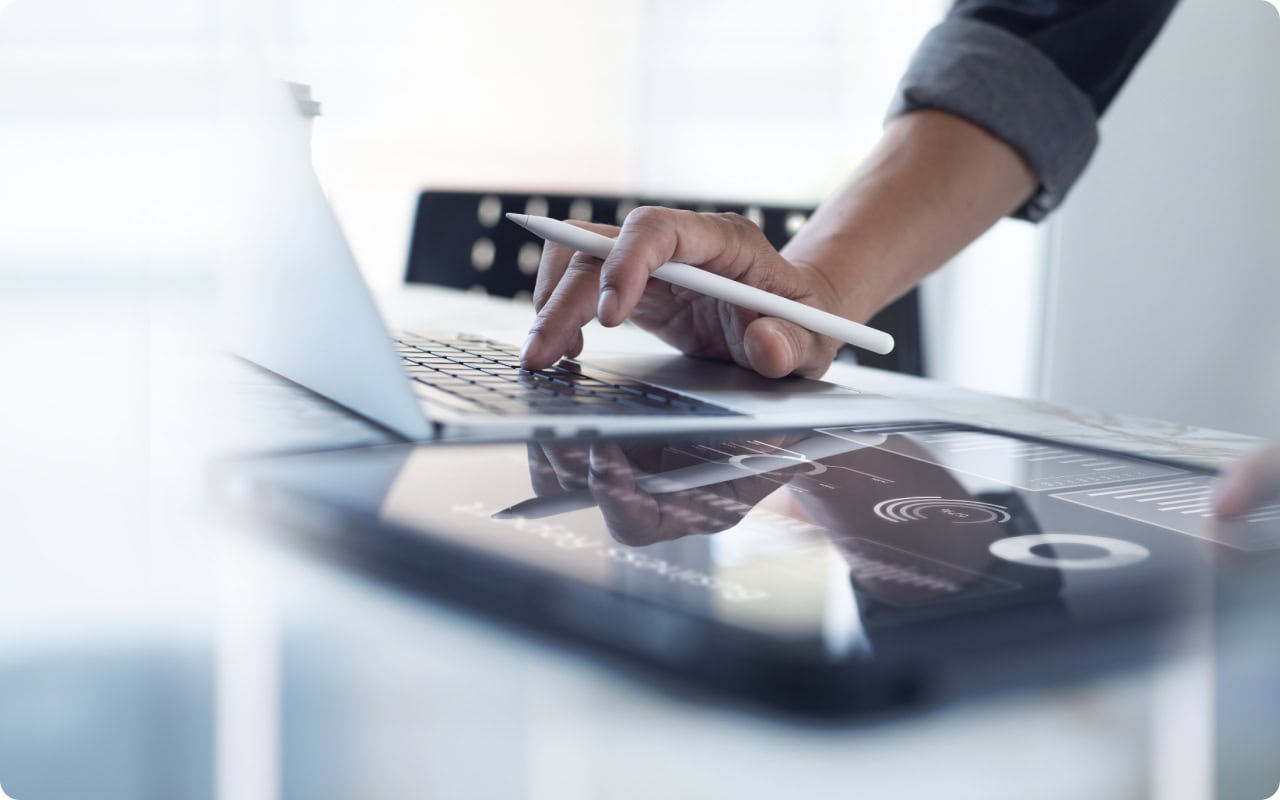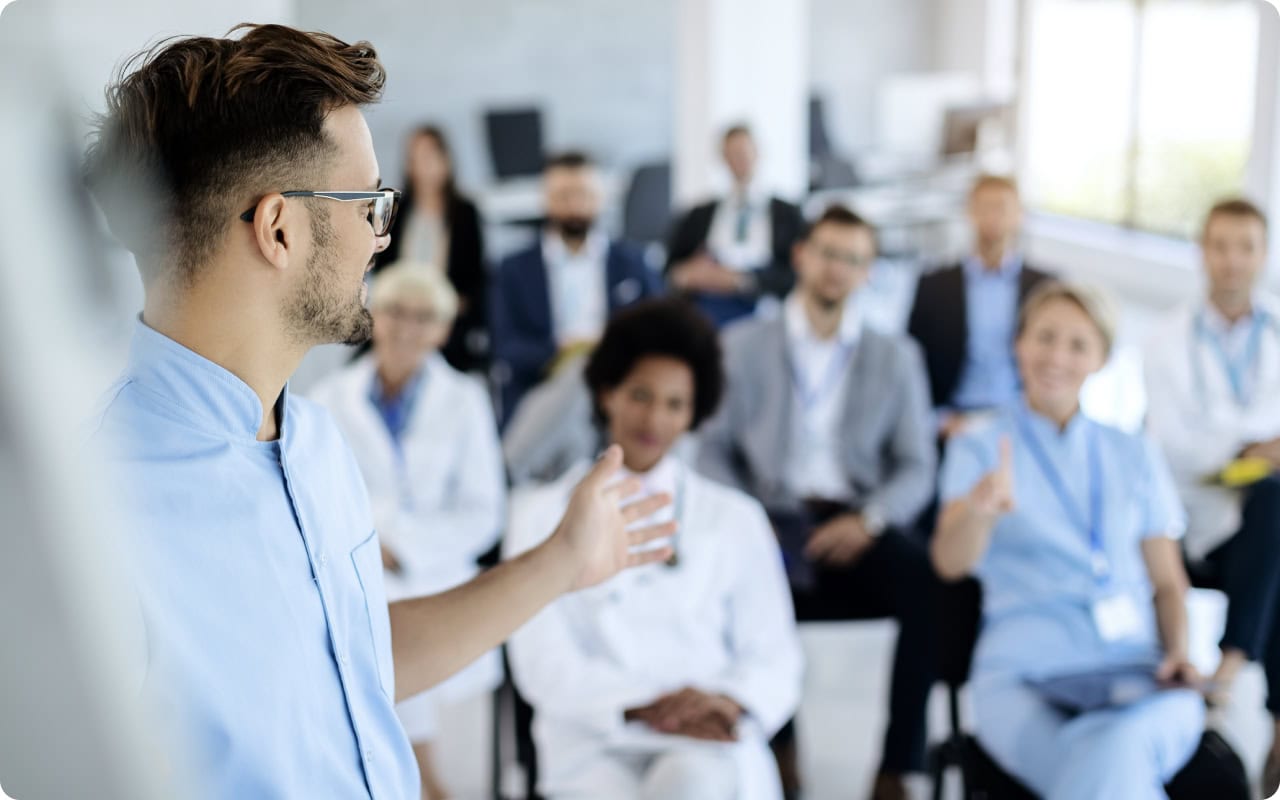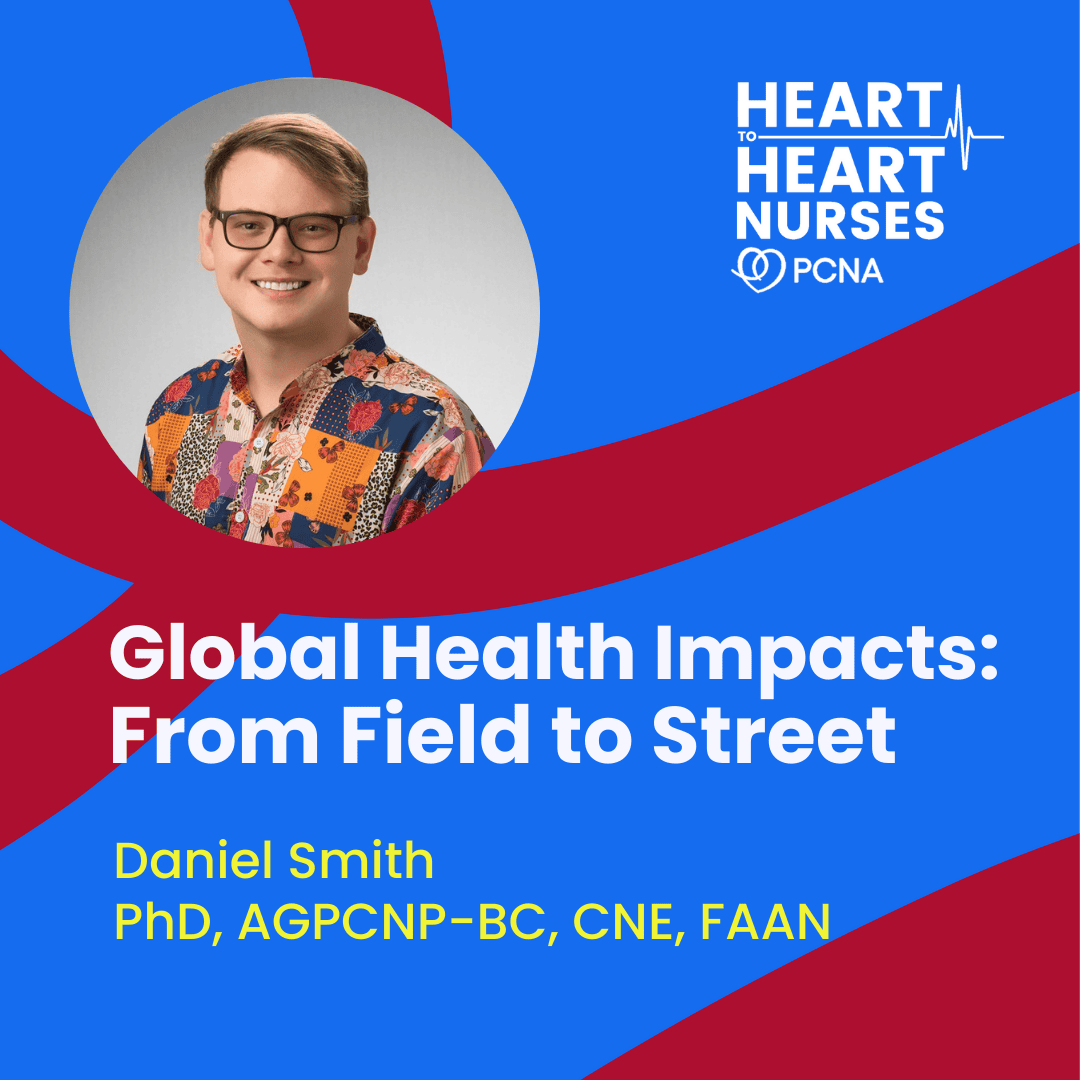Global issues that impact cardiovascular health include access to, and continuity of, care for migrant workers, as well as rising temperatures in both rural and urban environments. Nurse Practitioner and researcher Daniel Smith, PhD, AGPCNP-BC, CNE, FAAN, shares strategies to help improve cardiovascular disease prevention and management to help every patient everywhere have improved outcomes.
Episode Resources
Daniel Smith podcast episode transcript
[00:00:00] I’m Erin Ferranti, board president for PCNA, and I’d like to welcome you to this episode of the Heart to Heart Nurses Podcast. PCNA is the proud home of cardiovascular nurses and one of the leading figures in the fight against cardiovascular disease. We have the resources you need for your day-to-day practice or to follow your passion to new areas of learning and growth.
Geralyn Warfield (host): (00:19)
I’d like to welcome our audience to today’s episode where we have the great opportunity to discuss something really important and that is global issues that affect cardiovascular health. And I have a great guest with me today. Daniel, could you introduce yourself?
Daniel Smith (guest): (00:31)
Hi everyone, I’m Dr. Daniel Smith, a nurse scientist and nurse practitioner based down at the University of Buffalo. I also practice clinically, providing primary care to the Unhoused of Buffalo, New York.
Geralyn Warfield (host): (00:43)
So, as you can tell, in the room we have a great expert, somebody who has had experience as well as education talking about and trying to figure out how best to get cardiovascular care to a wide variety of audiences. Again, our lens for today’s episode is rather global in nature.
So, I would wonder if you could please start us off thinking about what global issues you’re seeing that are impacting our patients. And is that just globally? Is it here in the United States? How is that working?
Daniel Smith (guest): (01:11)
You know, I think my version of global, I really see global as local. And think about how these many different systems interact with one another.
I work primarily with migrant frisarm workers in my research, and we talk very frequently about the East Coast migrant stream, which are migrants that will go from Puerto Rico all the way up to Maine and even into Canada in some cases, to pick crops that are in season at any given time.
And those migrant streams really come through, most of the entry is through Mexico, right? And so, it can be H-2Avisa workers, it can be people who have migrated here and are no longer migrating back to Mexico every season,but just really thinking about how the issues at home also play into the health effects that we see here on the United States side of things.
Geralyn Warfield (host): (02:00)
So, these individuals who are in these communities, are they accessing care that’s preventive or are you seeing them more when it’s an acute issue?
Daniel Smith (guest): (02:13)
Really, most of the time it’s sad, but most of the time it’s when we’re at that acute stage. We’re now doing tertiary prevention of cardiovascular issues, albeit if it’s something like an MI, if it’s high blood pressure, if it’s high cholesterol.
And you have to really think, whenever you are migrating, let’s take the migrant farm worker, and you’re that true H2A visa worker that is migrating from Mexico to a farm in Florida, then to a farm in North Carolina, and on up the East Coast.
Those workers, those employers have to provide the housing and food. So, we get this idea of, we want to talk food as medicine, but whenever you have no control over it, a lot of times the only option we have is to give a statin, for example, if we’re controlling high cholesterol.
And it’s almost sad, but I think as a nurse practitioner that works with the unhoused, I use a harm reduction philosophy a lot of times. And we have to meet the patients where they’re at, no matter if they’re a migrant farm worker that’s here for three months from Mexico, if they are an undocumented individual who has permanently migrated to the United States, or my unhoused patients in Buffalo.
Geralyn Warfield (host): (03:21)
And I think one of the issues that affects all of us at different times in our life, but particularly in the populations that you’re serving and researching, is that continuity of care. That maybe this incident happened when this individual is working at a Florida farm, so they get that acute care, but then there’s no follow-up because they have then moved to a different state. They’re in a different system, if you will, because they’re now hired by a new employer. Again, having migrated, there’s no connection to that base for them.
Daniel Smith (guest): (03:51)
For real. And I think that’s something we see more often than I would like to see is that we’ll be working with someone who’s had chronically elevated blood pressures. They know about it from the episodic care they’ve gotten across farms and they’re like, “Well, I’m only here for six months. I have two months to go. I’ll get free care when I get back home,” right?
And so, we end up, well, we feel ethically that, okay, we have free lisinopril, for example. We should go ahead and start this patient on lisinopril. But they also are then having to take that medication bottle with them, get it back to Mexico. They may get back to Mexico, right, and be using traditional medicine and those indigenous techniques that have kept people healthy for really millennia now.
And so it’s really this push and shove of how much do we do versus how much do we let the patient kind of drive their own healthcare choices, and that patient autonomy, right? But really, just trying to make sure that no matter where someone ends up, that they have access to care at the end of the day. To where, if they come to us and they have…
The thing that comes to mind, not necessarily cardiovascular-related, but I have had patients who have been losing limbs and toes from uncontrolled diabetes, right? And so, it’s like, we want to be able to provide that care to them when they need it and not rely on, “Oh, I’m just going to go back to Mexico and get the care.”
And I’ve seen that way too many times to make me comfortable as a practitioner but also recognize why people do it. They’re concerned they’re going to get a huge medical bill while they’re here in the US. So, they put off all of their preventative care, and even their not-preventative care but their curative care if you will, until they’re back home.
Geralyn Warfield (host): (05:31)
And I think the other difficulty, !and you described it a little bit earlier, is these are individuals, and there’s plenty of individuals across the globe, for whom taking time off from work is not feasible during the time when healthcare is available. And so, if I’m not at work, I’m not getting paid. Therefore, I’m not going to necessarily have the… It’s not that I don’t have the wherewithal. I don’t have the flexibility to meet a 9:00 appointment.
Or, depending upon how you’re getting healthcare, I have been through some things recently where sometimes I’m on the phone for an hour and a half just trying to figure out the situation. And if I’m working, I’ve got work to do, I cannot take that hour and a half away from work.
It’s a whole series of issues that affect these individuals. And I really appreciate the fact that you are looking at them holistically and trying to provide care that does the best good for them in that situation.
Daniel Smith (guest): (06:34)
Exactly.
It’s a domino effect I like to say. All the pieces have to be put perfectly in place to receive optimal health care. Not only here in the United States, but globally.
I think back to my work in Nicaragua that we’ve done. And there is a reason that we work with the occupational health and safety boards at these large companies.
And some of them have even developed their own hospitals and clinics to serve their workers. Because they recognize the same issue of our workers aren’t going to take off, because they need to make money, but at the same time, that neglect of your own care, if we’re thinking back to CKDus (chronic kidney disease of unknown etiology) where there were no men over 45 in Chichigalpa, Nicaragua. They got there because they weren’t getting care. And so, the only way to literally keep people alive and keep the business going was to provide that healthcare at work.
And it’s something that I would like to see more of in the United States. We don’t really do that as much as I think we should, but it’s a strong tool for preventative measures for your health as a whole.
Geralyn Warfield (host): (07:37)
And I think that it, holistically, as we look at these individuals, it affects the whole family. If the breadwinner is not healthy, then that affects access to foods, medicine, education, all the things for children, other people that might be living in that same situation. So, it’s not just one person that we’re trying to impact. It’s a whole family unit, it’s their community. So, what we do does make a huge difference. There’s that ripple effect that I think is really important.
Daniel Smith (guest): (08:06)
Exactly. And I think it’s where we have to start moving away from this idea of medicine is one person, right? We’re taking care of just this one person. And start thinking more on the level of population health, and what does that mean for the population we’re serving.
And I use population health differently from public health, because we’re not doing public health for the entire nation, right? We’re thinking about migrant individuals, and what does that population specifically need in order to create health equity. And I think there are a lot of answers of how you get there. But once we reframe it from, ‘We’re just serving Jesus and Maria,’ to, ‘We’re serving the Gonzalez family or this community,” we will achieve health equity in record time that we haven’t done so far.
Geralyn Warfield (host): (08:54)
And for those of us that are more thinking about the costs of healthcare, the cost to these individuals and the families and the communities is lost wages for the community, but it’s also, as you’ve just described, some of these large corporations that subsidize healthcare, provide healthcare, they’re looking at overall economics for their community. Economics of a country can definitely be impacted.
So, there are different ways to consider the importance of this work. It’s not just the empathy that we have for other individuals—while that’s super important and drives what a lot of us do every day—there’s more to it, isn’t there?
Daniel Smith (guest): (09:40)
There’s a lot more to it.
And to throw out some numbers, so, really kind of living in my research through my dissertation was with dialysis patients who were undocumented.
We think about this idea of how often are people supposed to get dialysis, right? In an ideal world, three times a week—if you’re on the Monday, Wednesday, Friday; Tuesday, Thursday, Saturday schedules.
But we have this population of individuals who aren’t covered in states that haven’t expanded Medicaid. The only way that they get their dialysis care is through the emergency department.
There have been studies. Cervantes is a nephrologist out of Colorado; they did a study looking at, I believe it was either Houston or Texas, it was somewhere in Texas, and they compared the cost of this thrice-weekly planned hemodialysis versus this emergent-only hemodialysis where patients, potassiums have to be so high that they’re critically ill. And they’re only getting dialysis once a week to once every week-and-a-half.
And while we look at the number of times patients are being served, one would think, okay, thrice weekly dialysis, this is much more expensive than dialysis once a week or once every week and a half.
It’s the opposite.
The patients are so sick when they are getting their dialysis either weekly or every week-and-a-half that that cost on average a quarter of a million dollars per patient per year for that dialysis mechanism.
Where that thrice weekly, three times a week hemodialysis, this is about $80,000 per person per year.
So, you have almost a $200,000 reduction in costs just by providing preventative care. And again, not preventative in that we’re preventing kidney disease, but we’re preventing the sequela of the kidney disease.
Geralyn Warfield (host): (11:19)
We’re going to take a quick break, and we will be right back.
Geralyn Warfield (host):
And we’re back talking about global issues in cardiovascular health.
And we’re going to pivot to a slightly different topic, and that is environmental issues in cardiovascular health.
So, Daniel, I know when we were prepping for this, the world literally is available to us in terms of a wide range of information. But you’ve got some things that you’d like to share with us about environmental factors. Is that correct?
Daniel Smith (guest): (11:45)
Yeah. So, you know it’s really kind of funny whenever you’re like, what’s the one environmental thing we can talk about when we can choose anything?
But I think for me, I focus on high heat conditions. And that’s what really—other than disasters, we could talk about severe weather—but I think high heat conditions resonates with so many people because we know what it’s when we’re uncomfortably hot.
And we think about environmental conditions in the southeastern parts of the United States. It’s hot and humid. There are places in the world where the electrical infrastructure is not appropriate to provide air conditioning, even the United States, but globally.
But in this warming world where our climate is changing, we’re going to have more heat waves. We have seen heat waves like never before. The summers of the mid-2010s, the heat waves that went through Europe, and were killing hundreds, if not thousands, of individuals. And how do we keep people safe during that, where we’re not really sure.
We don’t have good ways to predict heat waves. Yest, there are models out there, but it’s not like a hurricane you can see coming.
And a heat wave is different based on where you live, right? A heat wave in Alaska would be completely different than a heat wave in Florida. And so how do we really mold our minds, our thinking, our clinical practice, our research, around this idea that our climate is changing., we have to keep up to it. We have to keep up with it.
It’s something that’s long puzzled me. And we’re doing research to figure it out, but at the end of the day, it’s going to take understanding local communities and what local communities need.
And I think it’s one of the ways in which we can rely on indigenous teachings about what has been done for millennia before us in terms of staying cool. We can rely on novel science where we need it. And it’s really going to have to, again, going back to that holistic picture, multiple ways of knowing, if you will, like nurses like to say, of how to protect people’s health from heat waves and reduce the impact that it’s ultimately going to have on people’s health.
Geralyn Warfield (host): (14:00)
I know there are organizations around the globe that are interested in being as proactive as they possibly can to try and reduce or mitigate this heat. If, for example, you go to Houston, you can see heat maps where the areas that have a lot of concrete, in the same air temperature, how much hotter those are. So, by providing additional tree canopies, that the temperature goes down and that then improves health.
So, I think your research and your interest in looking at different techniques to address this is really fascinating. And I’m wondering if there’s anything else about that that you would like to share.
Daniel Smith (guest): (14:43)
You know, it’s really funny that you bring up the urban heat island. One of my NIH grants currently is about the impact of urban heat islands on this association between heat waves and kidney dysfunction.
And I’ll never forget, I was very early in my career—I mean, I’m still early career—but, pre-PhD, telling a senior faculty member, she was like, “If you could do your dream study, what would it be?”
And I told her that I would want to plant trees and see the impact that it had on people’s health. And I got laughed at.
Whereas we know that in these urban heat islands where, for a multitude of reasons, the concrete, the surface temperature, the lack of green space, the building density, they’re 5-10 degrees warmer than urban areas, we know something as simple as planting a bunch of trees can impact health, but we need to now do the legwork to quantify it, in our data-driven world of what is actually doing for people.
And I think that’s the exciting piece of work that I do, is I get to put on what I call my hippie-dippy nursing hat and go say, “Let’s see what impact trees might have on a community,” right? But I think there’s a lot to be done, and in some communities it may not be trees. In some communities it could be, again, just providing access to air conditioning, the means to pay for your air conditioning, what does to your power bill.
It could be maybe even radically rethinking what your community looks like. Should we take away some of these impervious surfaces that we’ve come to rely on? And megatropolises? And what is that going to look like? Both at a societal change level, but also how we’re able to impact people’s health.
Geralyn Warfield (host): (16:45)
Hey, I just wanted to let our audience know that if you hear any additional audio in the background, we are actually recording this at the 2025 PCNA Cardiovascular Nursing Symposium, and there’s an amazing event happening next door, an amazing breakout. So, for those of you that are joining us for our 2026 or 2027 Cardiovascular Nursing Symposium, it’s really fun in person, but we also invite you to do that virtually if you can’t make it.
So, with that, I’m going to turn it back over to you, Daniel. Sorry for the commercial, but just wanted to give you a heads up about the background.
Daniel Smith (guest): (16:49)
You know, they’re having so much fun. I wish every conference was like this!
So, where were we?
Geralyn Warfield (host): (16:52)
I think we were talking about urban heat islands and using traditional methods to, traditional methods using natural methods to try and help human health.
Daniel Smith (guest): (17:05)
Yeah. And you know, I think that’s where a lot of people don’t really realize…As I’ve been talking to people about what an urban heat island is, they’re like, “We didn’t even know that was a phenomenon that exists.” But the minute you explain it to someone, they’re like, “Oh, OK. I get this. I feel this.”
So, I grew up on a dairy farm. And it’s very much apparent whenever I would go to Charlotte, North Carolina to college back to the farm it was always 10 degrees cooler out on the farm than it was in Charlotte. And I think that’s a bit like something…
You know, I was just talking about rural health in my keynote presentation but we kind of switch it. We have to think about urban health and how that is going to specifically impact people differently than having to wait on an EMS 40 minutes if you’re having a heat stroke.
So, big things to think about. I don’t have all the answers, but food for thought for the audience, right?
Geralyn Warfield (host): (17:58)
Yes, that sounds awesome. Is there anything else that we missed talking about that you’d like to share with the audience?
Daniel Smith (guest): (18:03)
You know, I think I’ll say if you ate today, thank a farm worker, right? I said it earlier; I’ll say it again.
We really have to be thinking about these interconnections of systems particularly in such a politically turbulent time. I do this work and we need everyone here to make society function and we should respect and value our migrant farm workers both those are documented and undocumented. But ultimately, if you ate today, thank a farm worker.
Geralyn Warfield (host): (18:33)
Awesome. Thank you so very much for giving us a global perspective about what’s happening in our homes, in our backyards. Everywhere on the planet, people are being impacted by heat, by access to clean water, by a whole host of environmental issues. And if we work together, we can help solve those issues and help improve human health.
Daniel Smith (guest): (18:54)
I agree. And thank you for having me.
Geralyn Warfield (host): (18:55)
No problem.
I do have one more question for you. We talked about a lot of global issues. Do you have one key takeaway you’d like to leave with our audience?
Daniel Smith (guest): (19:02)
Ooh-one key takeaway. Keep doing your work. I had someone explain it to me and I think being a climate change and health researcher in this environment, it’s been disheartening at times, but I encourage everyone–keep doing our work.
Geralyn Warfield (host): (19:22)
That sounds great. Thanks so much for being here. This is Geralyn Warfield, your host, and we will see you next time.
Thank you for listening to Heart to Heart Nurses. Visit PCNA.net for clinical resources, continuing education, and much more.
Topics
- Global Perspectives
- Health Equity
Published on
September 30, 2025
Listen on:
PhD, AGPCNP-BC, CNE
Related Resources
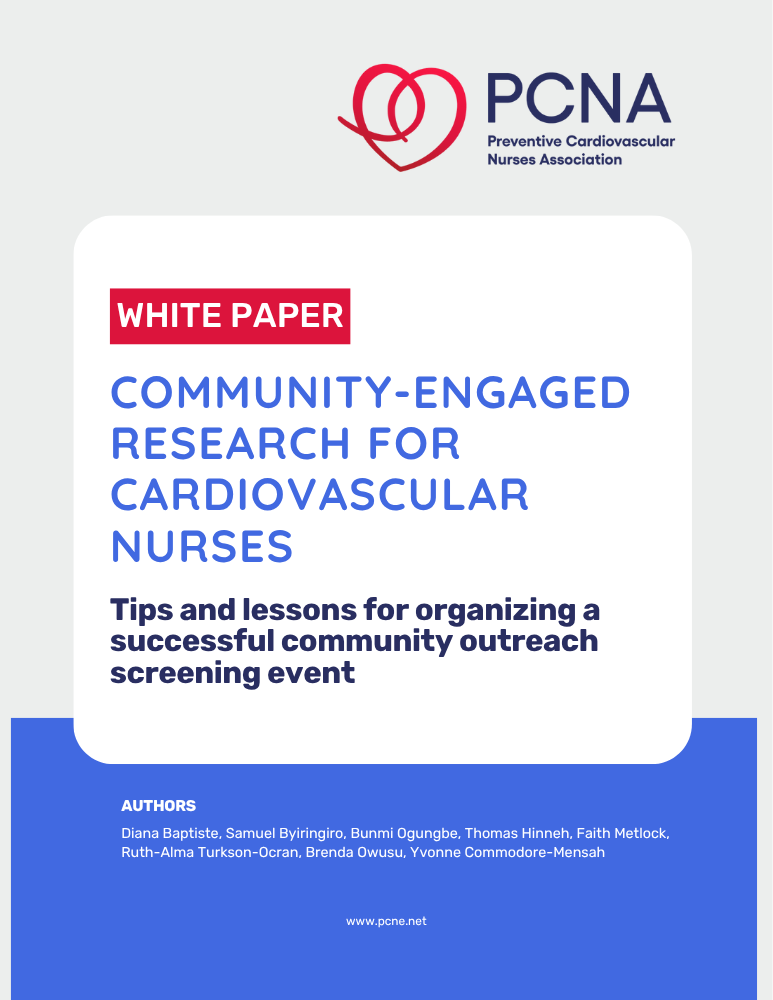
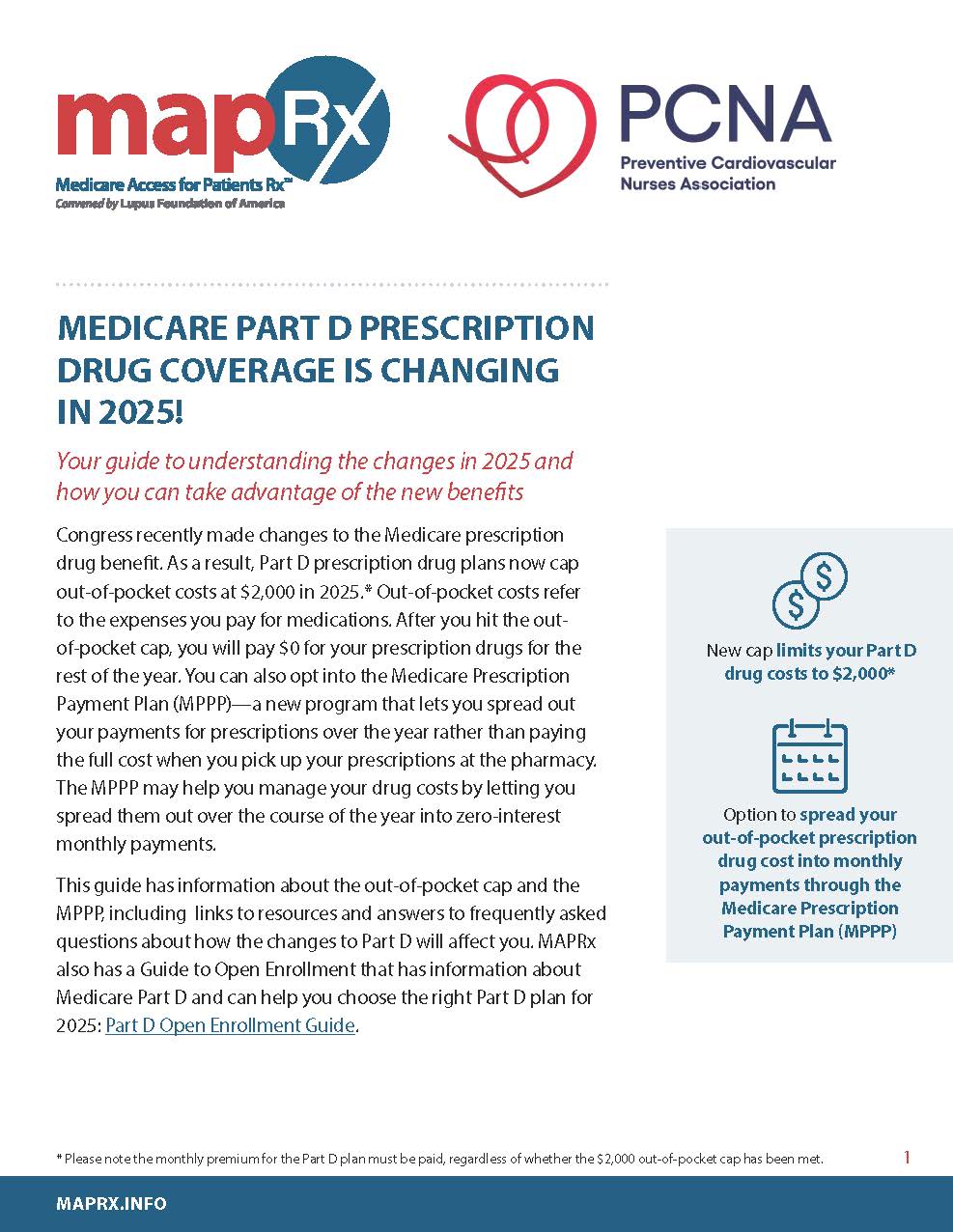
- « Previous
- 1
- 2
